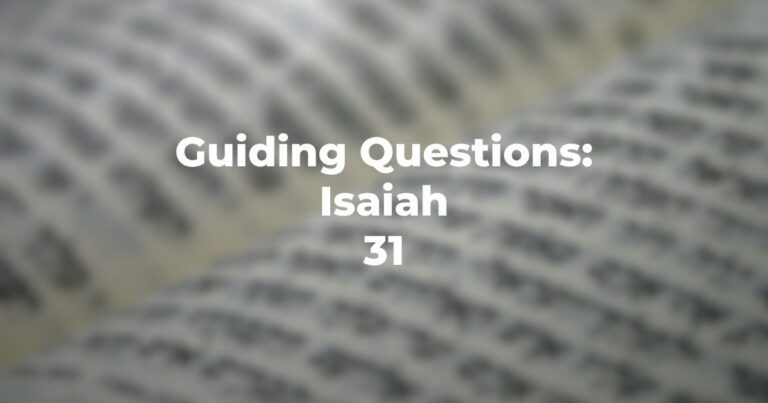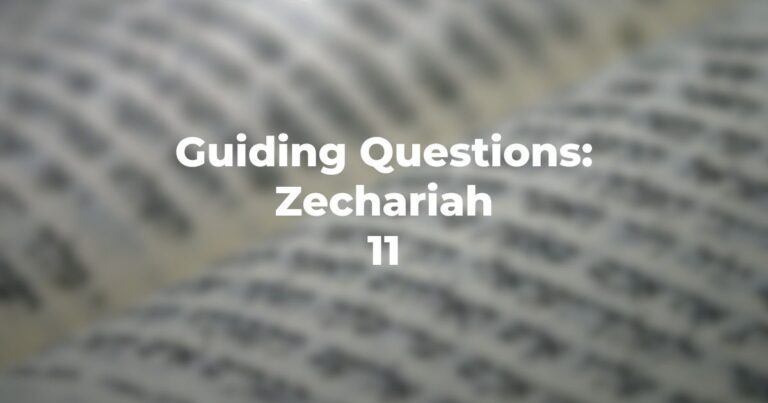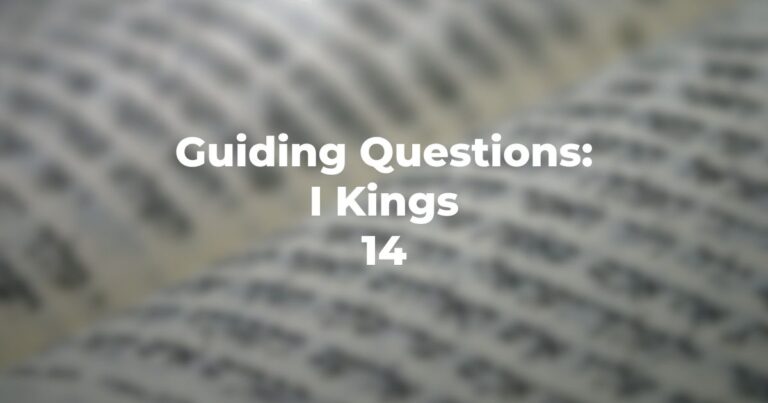- How does Genesis 11:1 continue or contradict Genesis 10?
- What intent is ascribed to the builders of the city and a massively tall tower?
- Is this intent (Genesis 11:4) considered good/bad or, simply, stated?
- How to understand “God came down to see?” (Genesis 11:5)
- While not so stated, could the phrasing in Genesis 11:5 be a mandate for emulation, i.e. – do not judge/conclude until you are quite familiar with all the evidence?
- “So this is what they have done”! Is the “tone” condemnatory – and, if so, why?
- Why (in Genesis 11:7) the change of tense to plural “let us”?
- How does this (unlike Genesis 10) explain language variations?
- Or is the purpose of the narrative to explain the founding of Babylonia?
- How is this divine action of scattering to be understood in terms of justice and judgement?
- And how does it relate to the mandate to humanity in Genesis 1:27–30? Does it?
- What is the relationship of Shem’s genealogy as set forth in Genesis 10:21 – 31 to the genealogy here in Genesis 11:10–27?
- Is there any indication of any “special” characteristics of Avram in this chapter?
- Was Avram (and family) on the way to Canaan in this chapter’s narrative?
- If so, is any reason given?
Author
-

Exploring Judaism is the digital home for Conservative/Masorti Judaism, embracing the beauty and complexity of Judaism, and our personal search for meaning, learning, and connecting. Our goal is to create content based on three core framing: Meaning-Making (Why?), Practical Living (How?), and Explainers (What?).
View all posts





